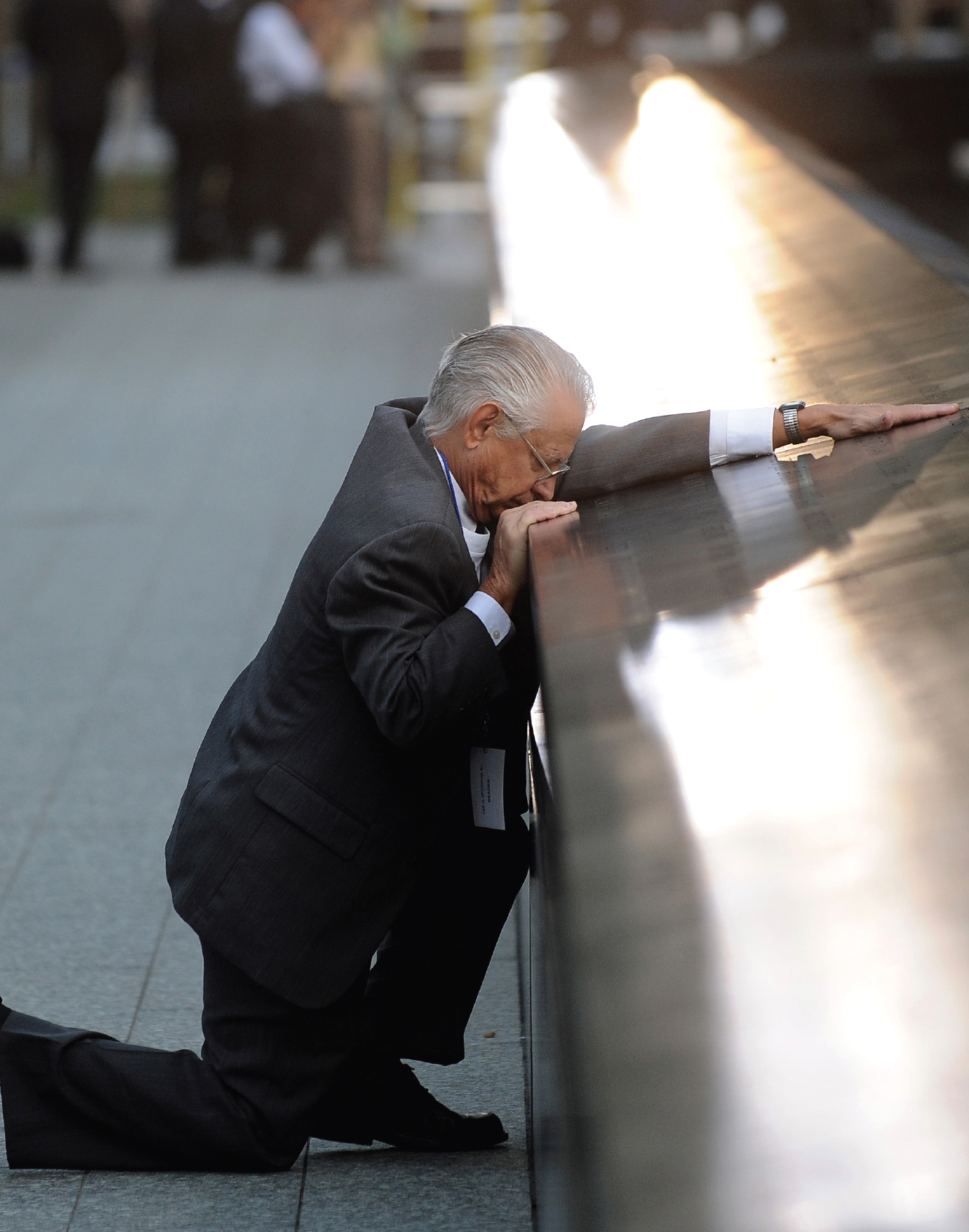4.2 FORCES SHAPING EMOTION
Printed Page 117
FORCES SHAPING EMOTION
Culture, gender, and personality affect emotion
What I remember most about that Tuesday morning, besides its absolute normalcy, was the beauty of the day. It was gorgeous outside, with a deep ocean-blue sky and a bite in the air that seemed to say, “Autumn is coming!” Driving my boys to school before heading to the university, I was listening to my favorite radio station when the DJ joked about how “some idiot has apparently managed to fly his plane into the Twin Towers.” Within minutes, however, the truth of that day filled the television and radio airwaves. As rage and grief surged within me, I felt an almost primal compulsion to communicate with my closest intimates. I rushed home to talk with my wife, phoned my friends in New York to make sure they were OK, and called my parents and my brother.
Arriving in the lecture hall an hour later, I found a classroom full of students equally eager to share their emotions. But although we all felt intense negative emotions, the specific nature of our experiences and expressions cut along lines carved by culture, gender, and personality. Visiting students from other countries displayed widely varying reactions. Some remained sad and silent; others offered quiet condolences or openly vented their anger. Whereas most of the women in my class expressed grief over the loss of life, the men felt blindingly angry. Personality also seemed to make a difference. For example, my less agreeable students vocalized their anger and insisted that the attacks confirmed “the innate evil of human nature.”
After September 11, 2001, people around the globe were united by emotional pain. But the faces and voices I saw and heard in my classroom on the morning of 9/11 were both united and divided. We were united in a newly forged bond of anger and sadness over the loss of so many innocent lives, but divided along lines of culture, gender, and personality in how we each experienced this bitter bond.
